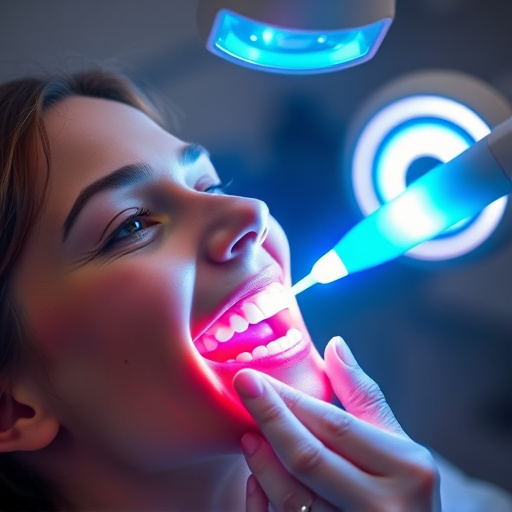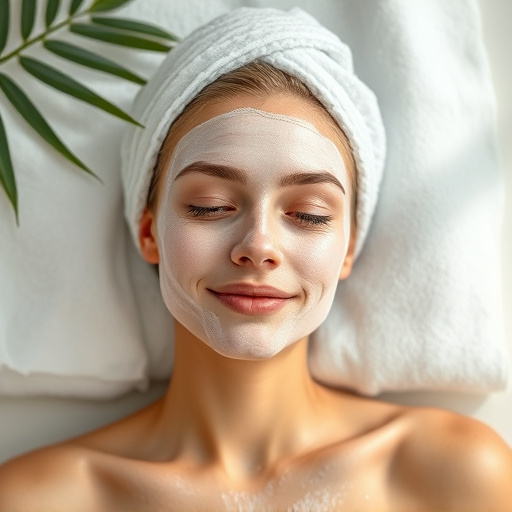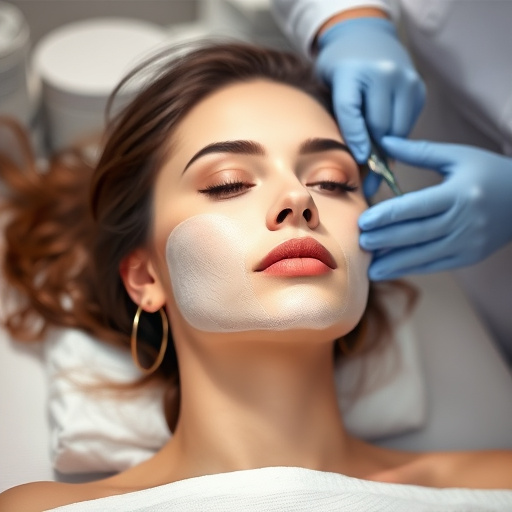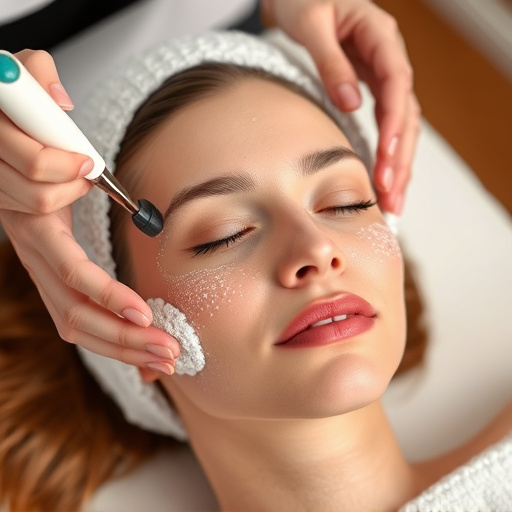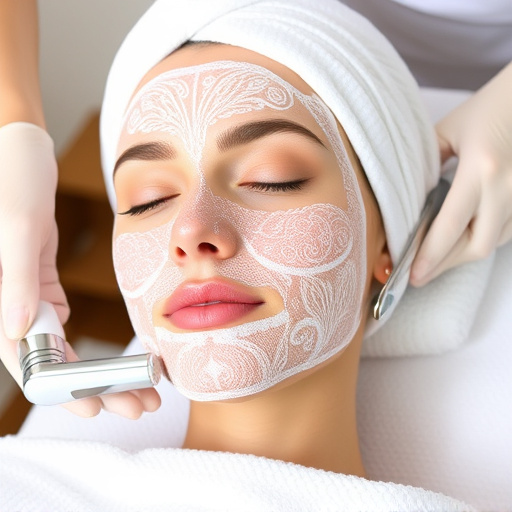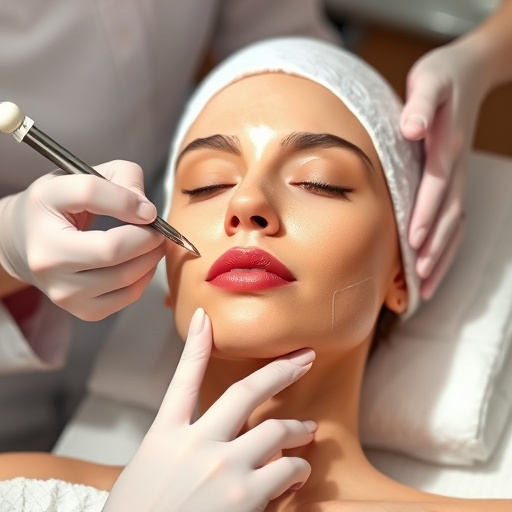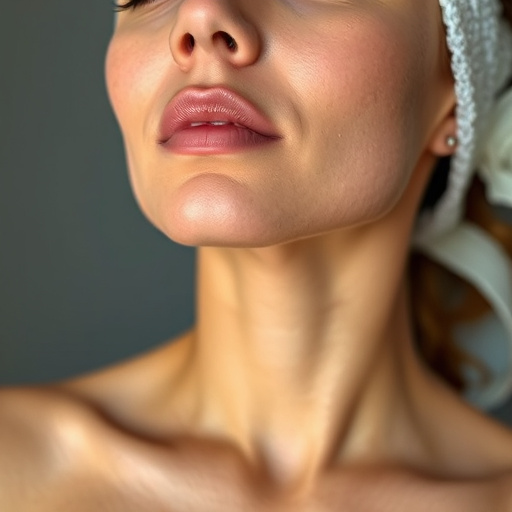The text explores natural factors behind neck hair growth and the growing trend of removing it as part of skincare routines, driven by appearance concerns. It cautions against risks like irritation and scarring from methods like waxing or shaving, recommending advanced procedures like microneedling and IPL treatments when performed by qualified professionals. Safety is paramount; consulting a dermatologist is crucial for tailored guidance, with recommended methods including laser and chemical peel treatments. Proper post-treatment care, including cleanliness, hydration, and avoiding strenuous activities, is vital to minimize discomfort and potential risks. Professional advice ensures safer, more effective neck hair removal, promoting skin rejuvenation while addressing concerns related to specific skin conditions and pregnancy.
“Unwanted neck hair can be a common concern, leading many to seek safe and effective removal methods. This guide delves into the world of neck hair removal, addressing safety and efficacy from a dermatologist’s perspective. From understanding the unique characteristics of neck hair growth to exploring recommended techniques and post-treatment care, this article offers valuable insights for those considering hair reduction options. Learn about potential risks, expert advice, and best practices for achieving smoother, more confident skin.”
- Understanding Neck Hair Growth and Common Concerns
- Safety Measures and Recommended Methods for Hair Removal
- Post-Treatment Care and Potential Risks to Be Aware Of
Understanding Neck Hair Growth and Common Concerns
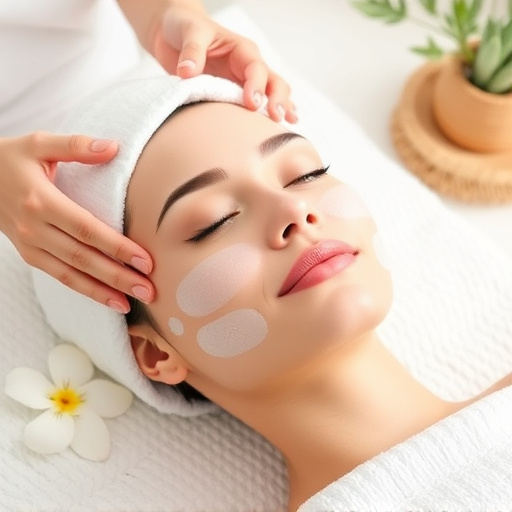
Understanding Neck Hair Growth and Common Concerns
Hair growth on the neck is a natural process, driven by hormones and genetics. For many individuals, it may be a source of concern or aesthetic preference to achieve smoother skin. Neck hair removal has gained popularity as part of overall skincare routines, especially with the increasing demand for confident and polished appearances. However, it’s crucial to approach this procedure with informed awareness.
Common concerns around neck hair removal include potential irritation, scarring, and uneven results. Certain methods like waxing or shaving can lead to skin sensitivity and ingrown hairs. More advanced procedures such as medical spa services offering microneedling therapy or intense pulsed light (IPL) treatments aim to target hair follicles for effective and long-lasting solutions. These treatments, when performed by qualified professionals, can significantly reduce unwanted neck hair while promoting skin rejuvenation.
Safety Measures and Recommended Methods for Hair Removal
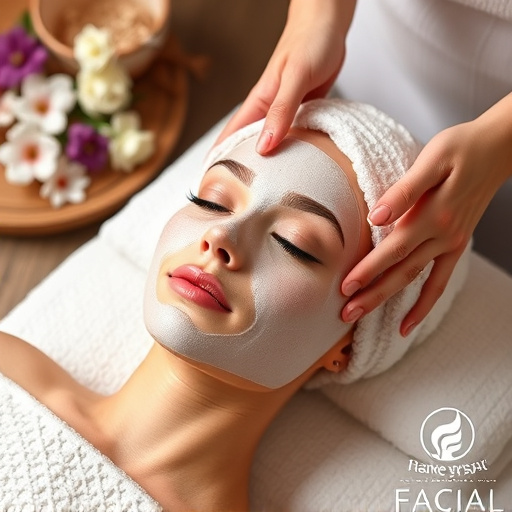
When considering neck hair removal, safety should always be the top priority. Dermatologists recommend several measures to ensure a secure process. First and foremost, consulting with a qualified dermatologist is essential. They can provide guidance tailored to your skin type and needs, minimizing risks like irritation or scarring. Additionally, understanding your skin’s sensitivity and the potential side effects of different methods is crucial.
As for recommended methods, dermatologists often suggest laser treatments or chemical peels for neck hair removal. Laser therapy targets melanin in the hair follicles, effectively reducing hair growth over time. Chemical peels use acid solutions to exfoliate the skin, removing dead cells and stimulating collagen production, which can help smoothen the skin’s texture. Other gentle facial treatments like threading or waxing may also be advised, depending on individual preferences and skin conditions, such as sensitive skin or active acne treatments. Moreover, maintaining proper aftercare practices, including using mild cleansers and moisturizers, is vital to support the healing process and prevent complications related to wrinkle reduction.
Post-Treatment Care and Potential Risks to Be Aware Of
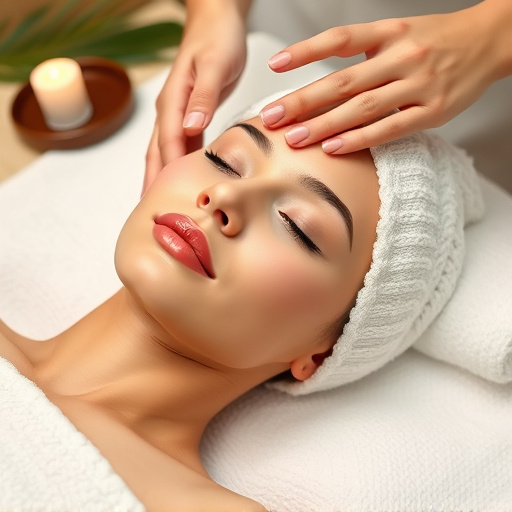
After undergoing any neck hair removal procedure, proper post-treatment care is essential for optimal results and minimal discomfort. This includes keeping the treated area clean and moisturized, avoiding strenuous activities that might cause irritation, and refraining from direct sun exposure without adequate protection. It’s crucial to follow the dermatologist’s specific instructions, as variations in aftercare may depend on the chosen method.
While neck hair removal procedures are generally safe when performed by a qualified professional, there are potential risks to be aware of. Common side effects include temporary redness, swelling, and irritation at the treatment site. More severe reactions, such as allergic reactions or infection, are rare but possible. Additionally, individuals with certain skin conditions or who are pregnant should consult their dermatologist beforehand, as some methods may not be suitable for them. Professional skincare advice can help mitigate these risks, ensuring a safer and more effective neck hair removal experience that also promotes skin rejuvenation and wrinkle reduction.
When it comes to neck hair removal, safety is paramount. By understanding the growth patterns of neck hair and adopting recommended methods with proper safety measures, individuals can achieve their desired results while minimizing risks. Post-treatment care is essential, and being aware of potential side effects allows for better management. Remember, a professional’s guidance is invaluable, ensuring a safe and effective neck hair removal experience.
